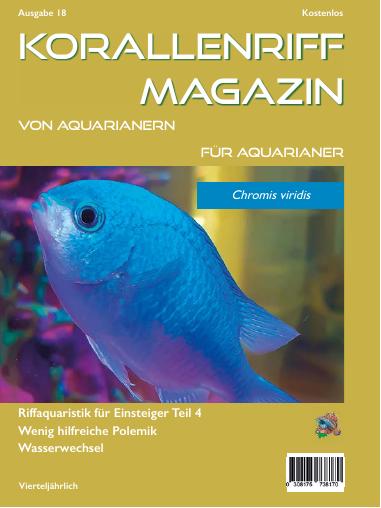Info
Pocillopora damicornis, commonly known bush coral or raspberry coral, is a species of stony coral in the family Pocilloporidae. This coral is native to tropical and subtropical parts of the Indian and Pacific Oceans.
Pocillopora damicornis grows up to 30 cm in size. It differs from other members of the genus in that the verruca (warty growth) on its surface is more irregularly arranged. Pocillopora damicornis is more branched than the otherwise similar P. verrucosa. Its growth habit varies with habitat and is less open and more branched in areas with little flow and more compact in the upper parts of the reef where water movement is greater. Color varies and can be greenish, pinkish, yellowish brown or light brown.
The raspberry coral is native to the tropical and subtropical parts of the Indian and Pacific Oceans. The range extends from East Africa and the Red Sea to Japan, Indonesia, Australia, Hawaiii, Easter Island and the west coast of Central America.
Pocillopora damicornis is found at depths to about 40 m, but is most common between 5 and 20 m . The coral is equally found on reef slopes and in lagoons, among mangroves and wharves, but not in areas with strong water movement. With such a wide range, it is one of the most common corals.
Pocillopora damicornis grows quickly and is a strong competitor. The polyps extend their tentacles at night to feed on plankton. When colonies are torn apart, fragments can settle on the seafloor and grow into new coral stalks.This coral also reproduces sexually. It is a simultaneous hermaphrodite, and eggs and sperm are retained in the coral, and the planar larvae are released into the sea around the new moon.The larvae have a lipid-rich yolk and great dispersal abilities, as they are viable for up to 100 days. Transmissions taking place.
Pocillopora damicornis has zooxanthellae living in its tissues. Through photosynthesis, these algae produce energy-rich molecules that the coral can assimilate. The density of dinoflagellates varies depending on seasonal changes in water temperature, light levels, and dissolved nitrate concentration. It is a dynamic process and under extreme environmental conditions leads to complete expulsion of the algae and bleaching of the corals.
Based on the GeoSymbio database, Pocillopora damicornis is known to interact with 30 different zooxanthellae species, the highest interaction rate of all known coral species along with Stylophora pistillata.
The care of small polyped stony corals was and is due to the requirements of the corals on water quality and lighting usually far more complex than that of most LPS corals and zooxanthellate soft corals.
Therefore, it was only with skimming and the use of live rock that the possibility arose to create better water quality and with better lighting and better calcium supply to ensure the permanent keeping and reproduction of stony corals.
Since keeping SPS corals has become an attainable goal for many, zooxanthellate soft corals have hardly been the main focus of most aquarists.
Identification of small-polyped and large-polyped stony corals is not always easy, despite really good works such as Veron's book, Corals of the World, especially since a clear identification should actually be made based on the calcareous skeleton and the THEN.
One should also not forget that many animals in the aquarium do not look like they do in nature and change their appearance due to current, light, as well as other influences.
However, it should be noted that corals of the genus Pocillopora are somewhat in the middle.
They are easier than many Montipora and Acropora, although they should be given the same conditions.
Among the important parameters are:
Light:
All small polyp stony corals of the genus Pocillopora require very high light levels.
Therefore, they should tend to be located at the top of the tank with average lighting.
Heat/Cold:
Corals of the genus Pocillopora will not tolerate water temperatures below 20 degrees or above 30 degrees for extended periods.
Both cases they will acknowledge with bleaching.
Current:
They can tolerate quite a good current, though never have the pump outlet pointed directly at a coral.
Alternating, rather turbulent flow conditions are best suited.
Synonyms:
Madrepora damicornis (Linnaeus, 1758)
Millepora damicornis Linnaeus, 1758
Pocillopora cespitosa Dana, 1846
Pocillopora damicornis var. cespitosa Dana, 1846
Pocillopora favosa Ehrenberg, 1834







 alge07
alge07







































